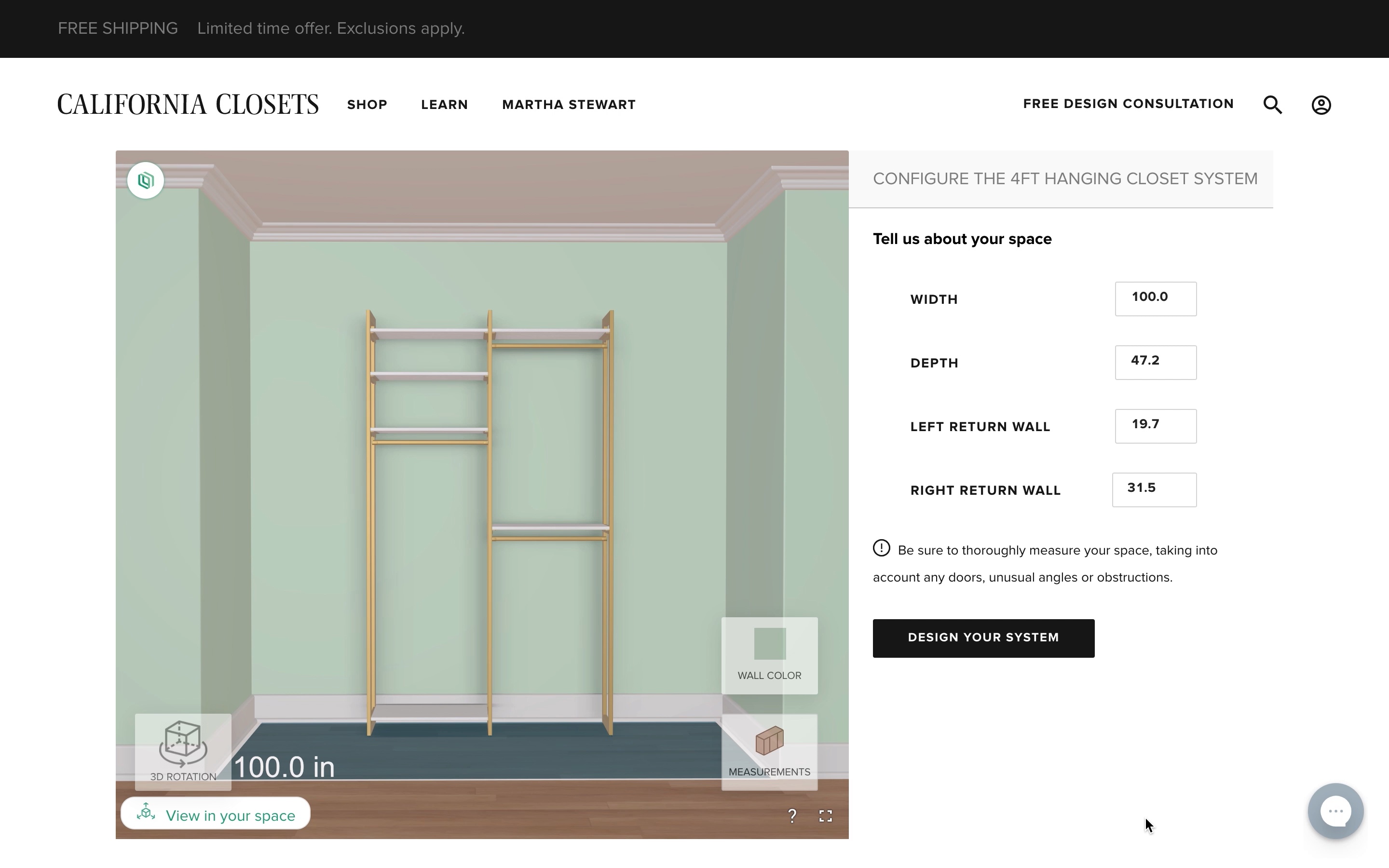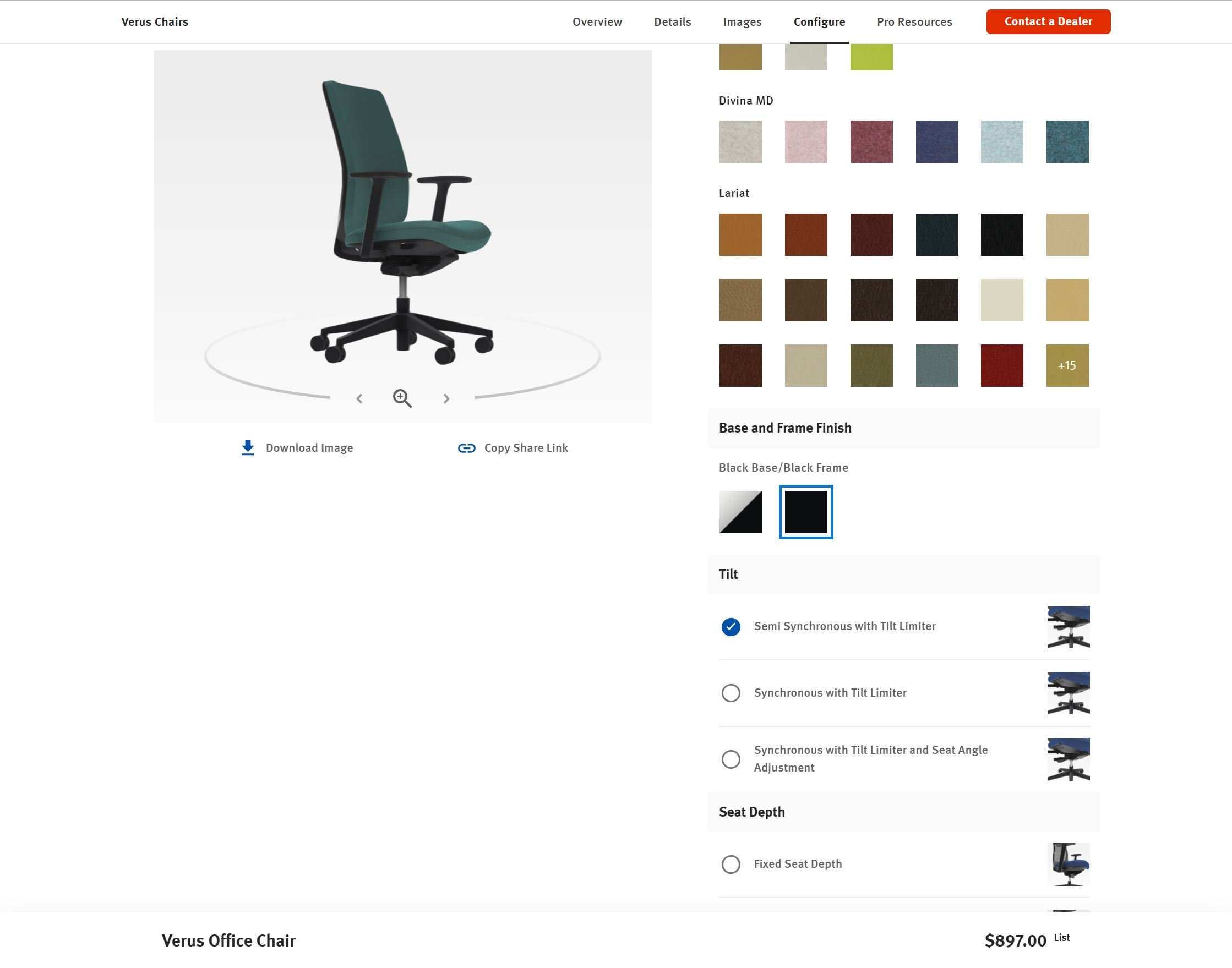How AI Is Finally Making Doors Sales Work (And all the Numbers to Back it Up)
Let's be honest: shopping for windows and doors has always been a bit of a grind. You walk into a showroom (or scroll through endless product pages), and suddenly you're drowning in technical specifications, wondering whether you need double-hung or casement windows, and questioning every life choice that led you to care about U-values and energy ratings.
Well, here's some good news: AI is finally stepping in to rescue us from this madness—and the data shows it's working better than anyone expected.
AI Usage Stats You Need to Know
Remember when ChatGPT felt like this cool new toy that tech nerds were playing with? That was just two years ago. Today, it has over 800 million weekly users—that's an 8x jump that would make any startup founder weep with envy. People aren't just trying it once and forgetting about it either. Americans are spending three times as much time chatting with AI than they were in mid-2023. We're talking about a 202% increase in daily usage.
But AI isn't just popular—it's actually getting scary good at this stuff. On professional benchmarks that test reasoning across 57 different subjects, top AI models are now scoring 92.3% accuracy. Humans? We're sitting at 89.8%. Yeah, the machines are officially better at taking tests than we are. (Though they still can't figure out why we keep buying plants we're definitely going to kill.)
The broader adoption numbers are equally mind-blowing. We've gone from just 20% of companies using AI in 2017 to 78% today—that's nearly a fourfold increase. And it's not just about having AI somewhere in the building; these implementations are delivering real results: 50% more leads, 60% shorter call times, and up to 60% cuts in operational costs.
Here's something interesting: marketing and sales departments are prioritizing AI 40% more than other departments. They're not just jumping on a bandwagon—they're seeing the revenue potential firsthand.
Plot Twist: This Isn't Just About Cutting Costs
Here's where things get interesting. Despite all the doom-and-gloom headlines about AI stealing jobs, most companies aren't using it to slash their workforce. They're using it to make more money. Revenue growth, not cost-cutting, is driving this AI gold rush.
For window and door manufacturers, this is huge. AI isn't the grim reaper coming for your sales team—it's the secret weapon that's going to help sell more.
Transforming an Arduous Customer Journey
Let's paint a picture we've all lived through. You need new windows. Simple enough, right? Wrong.

You start googling and immediately get bombarded with questions you didn't know you should be asking: Steel or fiberglass? What's an SHGC rating? Why are there seventeen different types of glass, and do you really need the one with argon gas between the panes?
The product information online is either so generic it's useless ("Our windows are great!") or so technical that you need an engineering degree to decode it. Meanwhile, you just want to know: "Will this look good on my house, and will it keep my energy bills from bankrupting me?"
The result? A staggering 75% of buyers and sellers want to figure things out on their own but can't. They're stuck in limbo, wanting answers immediately but forced to wait for sales calls that may or may not happen.
And here's the kicker: even the sales pros are struggling. As industry veterans retire, newer team members are left trying to navigate the same overwhelming door and window product landscape. Everyone needs help.
Enter AI: Your New Best Friend (Who Never Sleeps)
This is where AI gets really exciting. Imagine you're a homeowner in Evanston, Illinois (oddly specific, but stick with me), and you want energy-efficient windows. Instead of spending three hours falling down a rabbit hole of contradictory forum posts about windows, you can ask an AI system a simple question and get an actual answer.

The AI might instantly recommend double-hung or casement windows, suggest specific products like the Andersen 100 Series or Marvin Elevate Collection, and explain why fiberglass windows beat aluminum in your climate—all in plain English, available at 2 AM when you're inevitably doing this research.
For sales teams, this isn't just convenient—it's revolutionary. AI doesn't just answer questions; it identifies better leads, suggests higher-value products, and spots upselling opportunities that humans might miss.
Show, Don't Tell: The Magic of Actually Seeing Your Stuff
Here's where technology gets genuinely cool. Companies like Threekit are letting customers play with 3D models of windows and doors, customizing finishes and dimensions in real-time. You can even use augmented reality to see how that front door will actually look on your house before you buy it.
This isn't just fancy tech for tech's sake—it works. Therma-Tru launched a door visualizer with Threekit and made their first direct-to-customer sale within a week. When customers can actually see what they're buying in 3D, they're more confident, more satisfied, and way less likely to return products.
The Integration Game-Changer
The really smart companies aren't just bolting AI onto their existing systems—they're weaving it throughout their entire customer journey. Whether someone's shopping online, visiting a showroom, or talking to a sales associate, the AI-powered experience stays consistent.
This isn't just about having a cool chatbot on your brand or ecommerce website. It's about creating a seamless experience that actually helps people make decisions they feel good about.
What's Next? Robots Talking to Robots (In a Good Way)
Looking ahead, we're heading toward something that sounds like science fiction: AI systems talking directly to other AI systems. Your smart home might chat with a manufacturer's AI to automatically reorder supplies or suggest upgrades based on your usage patterns.
The companies that will win in this new world are the ones that embrace being adaptive, cross-functional, and genuinely AI-savvy. It's not just about having the latest technology—it's about combining tech, smart processes, and talented humans in ways that actually make sense.
The Early Bird Special Is Still Available
Here's the thing: over half of Americans still haven't tried ChatGPT. That means there's still time for companies to get ahead of the curve, test different approaches, and figure out what works before everyone else catches on.
If you're wondering where to start, conversational intelligence is your best bet. According to Gartner, it's the fastest path to ROI in B2B sales, powering everything from smarter negotiations to better lead scoring.
The Money Talk (Because Let's Be Real)
The economic numbers are staggering. AI is projected to pump $15.7 trillion into the global economy by 2030—that's enough to boost local GDPs by 26%. The AI market itself is exploding at a 38% compound annual growth rate and is expected to hit $1.85 trillion by 2030.

And companies are betting big on this future: 92% plan to increase their AI spending over the next three years. Larger enterprises (those with 5,000+ employees) are adopting AI at twice the rate of smaller businesses, but there's still room for everyone at this party.
The productivity gains are real too. AI tools are saving employees an average of 2.5 hours per day. That's not just efficiency—that's the difference between staying late and actually having dinner with your family.
Beyond Windows and Doors: AI Is Everywhere
Just to put this in perspective, AI isn't just transforming our little corner of the world. Healthcare saw FDA approvals for AI medical devices jump from 6 in 2015 to 223 in 2023. Manufacturing companies will spend $15.7 billion on AI by 2025. The autonomous vehicle AI market alone is heading toward $36 billion by 2025.
And voice technology? We're looking at 8 billion AI-powered voice assistants by 2025, with 41% of smart device users already relying on voice search daily. Meanwhile, 71% of companies are already using generative AI in their business functions.
The Bottom Line (Because You Scrolled Here First)
AI isn't the future of the window and door industry—it's happening right now. The data is crystal clear: companies using AI are generating 50% more leads, cutting call times by 60%, and reducing operational costs by the same amount.
With 82% of companies either deploying or exploring AI solutions, and AI's global user base projected to hit 378 million by 2025, the question isn't whether to embrace this technology. It's whether you want to lead the charge or play catch-up.
The good news? Making windows and doors shopping less terrible is just the beginning. When AI can help customers confidently choose products they love, everyone wins—manufacturers, dealers, and the poor souls who just want windows that don't leak. It's a win-win-win situation.


